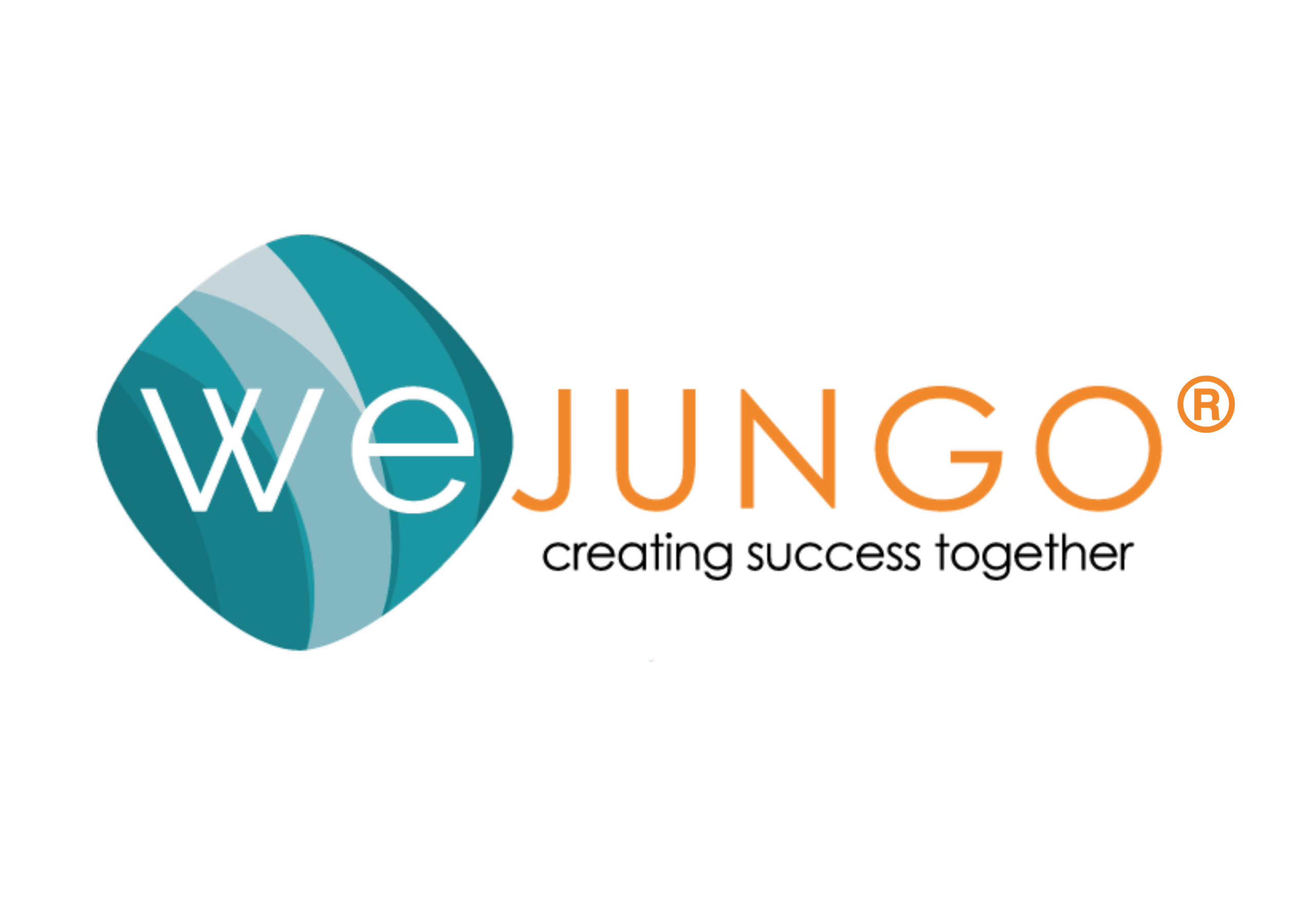“Trust is an evolving thing that ebbs and flows” David DeSteno, Professor of Psychology, Northeastern University
Trust. It’s a word that is simple to understand but complex to achieve, the complexity being that it can be difficult to build, but also easy to break. Yet, the benefits of investing time into building trust can lead to exponential results. What does that mean in a business context? Workplace trust means that all company members are part of a culture of honesty, psychological safety, and mutual respect. Workplace trust is a fundamental building block of any professional relationship and the reliance on one another that is necessary to succeed. No matter your level of seniority in a company, trust reflects your character, and company members will only experience cohesion with the people that they trust.
Why Workplace Trust Matters
- Trust increases employee productivity, engagement, and efficiency
- Trust increases employee loyalty and retention
- Trust increases better decision-making
- Trust increases creativity and innovation
- Trust decreases resistance to change
- Trust decreases workplace stress and burnout
The 5 Elements of Trust
Betsy Allen-Manning, an internationally recognized keynote speaker and success strategist, wrote an article entitled “5 Steps For Building Trust in the Workplace” detailing how each letter in the word trust can be a cue for each of her mentioned steps.
T – Be transparent. Transparent leadership sets a standard for the rest of the company, fostering a workplace culture of open communication and accountable behavior for all.
R – Respect everyone. Trusting relationships thrive on respect. By respecting everyone equally, leaders show that they are being considerate of everyone’s differing values, opinions, and boundaries. By accepting and respecting an individual’s authentic self, respect for the leader is earned in turn, promoting more honest communication.
U – Unite your team. Leaders who rally their team around a specific, clear purpose inspire trust and strengthen organizational alignment.
S – Show that you care. When leaders show that they care about others, it encourages a selfless environment. Just like personal relationships, professional relationships need care and attention too for trust to flourish and thrive.
T – Use trust-building activities. Bringing company members together creates bonds of trust and a team mentality for a more productive, supportive, and harmonious workplace environment.
Wejungo’s 5 Ways to Create a Culture of Trust
Using Allen-Manning’s above-mentioned 5 elements of trust as inspiration, here are 5 practical ways that we believe could help you get a head start on building or repairing your workplace’s culture of trust:
1. Start From Day One – From the day that a new company member is hired, trust should be instilled in their workplace experience from that day. Results from Paycom’s survey, ?Why Retaining Great Employees Starts with Onboarding,’ found that a great onboarding experience can reduce turnover by 157% and boost employee engagement by 54%. At Wejungo, we ourselves implement our own recommendation, (which has had proven noticeable results), of creating a detailed onboarding plan for each new hire, outlining everything from what they will be learning, who they will be meeting, and what is expected of them for at least their first 2-4 weeks. From executive leaders to part-time Interns, it’s important to make every company member feel welcome, even by small gestures like taking someone out for coffee or lunch, as it enables you to build and maintain trust and rapport from the very start.
2. Be Consistent – As a leader, be consistent with the expectations of trust that you hold for your fellow company members and stay true to your own words. If you say you’re going to do something, do it. If you say you’re going to be somewhere, be there. To encourage an attitude of consistency, make sure to stick to your commitments as well. If you schedule recurring weekly meetings with your team, commit to them. Cancelling without notice or rescheduling over and over can send a message of inconsistency and a lack of appreciation. Make that intentional time and stick to it- you will build trust and stronger committed relationships with your employees if you do.
In their book “Trust and Betrayal in the Workplace,” Dennis and Michelle Reina, pioneers in the field of trust, state that “consistent behavior lifts your relationships to a higher level, instilling confidence, commitment, and encouraging people to concentrate on the work itself rather than confusion that can be created by mixed signals.”
3. Listen More, Speak Less – Effective listening is a fundamental skill of any leader, and it’s hard to be trusted without it. Deep listening is an excellent way to practice and improve upon this skill. Look people in the eyes, process what they’re saying, don’t interrupt, ask thoughtful follow up questions to better understand, and listen to learn and not to flatter. Consider partnering up company members to participate in active listening exercises. There are a whole host of active listening exercises and activities that you can find online, This list of 10 provided by The10MinuteLeader is one such example of them.
4. Ask For Feedback, and Take It Seriously – As a leader, asking for feedback from others can be a hard thing to do because you are putting yourself in a vulnerable position as you don’t know what feedback you are about to receive, and the feedback may be critical of you. Patrick Lencioni, a business management expert, quoted in his book, “The Five Dysfunctions of a Team,” that “the most important action that a leader must take to encourage the building of trust on a team is to demonstrate vulnerability first.”
At least once a year, consider conducting a survey, it can be anonymous, and have your fellow company members answer these types of questions:
- What am I doing as your manager that is working well?
- What could improve upon to be a better manager?
- What are you most excited about at the company?
- What concerns do you have about the company?
And make sure to share and discuss the results. The worst thing a business can do is ask for feedback and then have no follow up or follow through on what was done with the information. Be sure to address employee feedback, and what the business can take action on that reflects the feedback given.
We also recommend identifying new ways in which your company can manifest a culture of regularly giving feedback, such as post- project team meetings and after-action reviews.
5. Appreciate and Celebrate – Find at least two or more ways in which you can integrate appreciation and celebration into your workplace’s daily routine. According to Paul Zak, one of the first scientists to integrate neuroscience and economics, a single recognition program is enough to aid the building of a trust culture, and, in turn, lower turnover rates.
Keep in mind that everyone thinks of appreciation and recognition differently- what motivates and excites one team member may not resonate the same with another. Ask your team members, “How do you like to be appreciated for your work? Share an example?”
Make recognition and appreciation a part of your retention strategy- whether that is recognizing a colleague each week for doing something great the week before or praising and rewarding company members who give the best recognition and feedback to a peer each week.
Managers, how are you creating a culture of trust? Does your company have any proven trust-building methods that you can share?
This blog post was written by Noor Irfan, Talent Strategy Coordinator at Wejungo.



